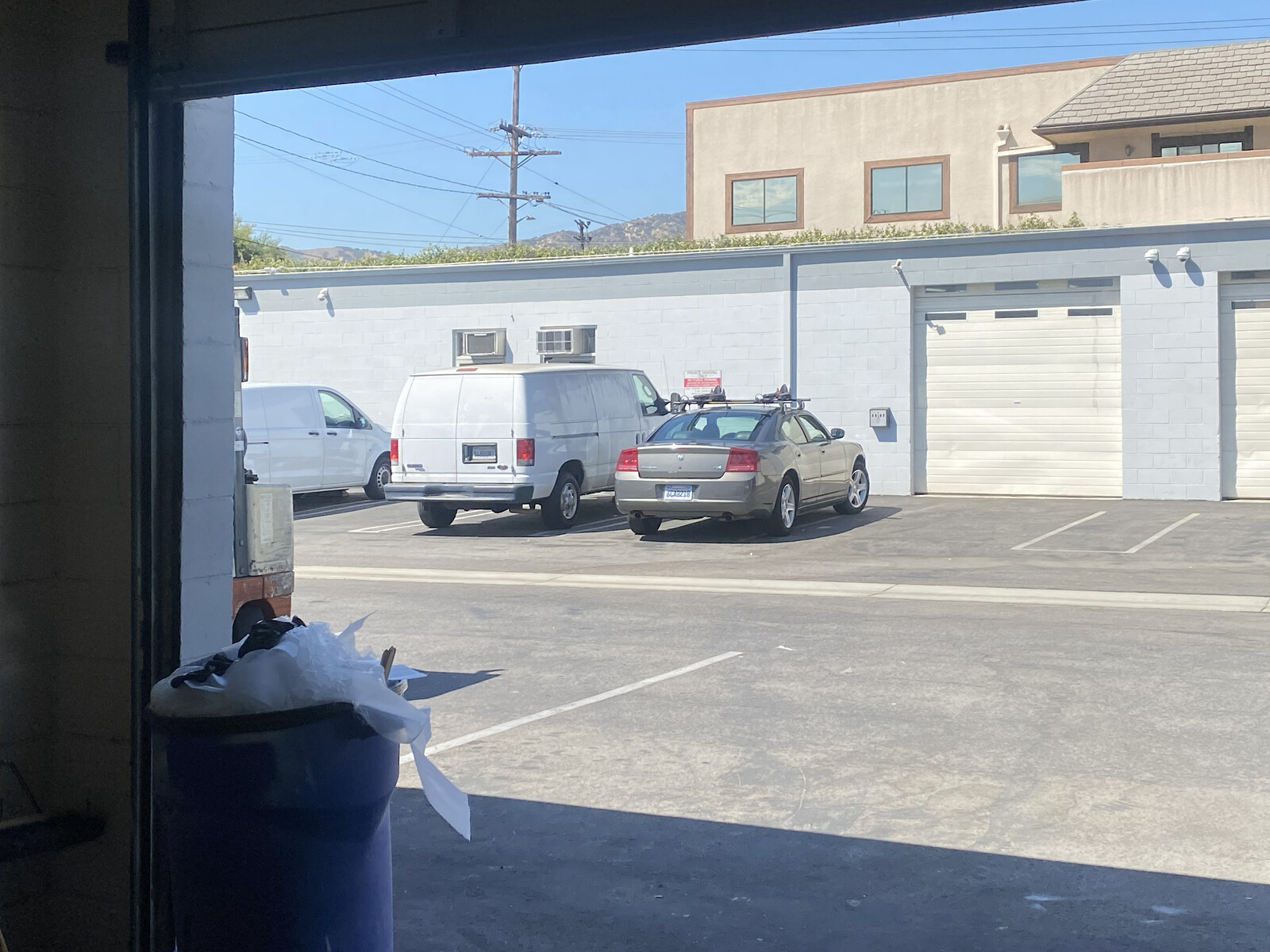In a conversation to be published this month, the architect Andrés Jaque identifies “ultra-clearness” as the presiding aesthetic of twenty-first-century power. Speaking in the context of our series on the “ecological turns” in contemporary culture, he warns that the drive to detoxify wealthy western cities—realized through clean air schemes and in the extractive processes underlying the immaculate design of Apple stores and luxury property developments—does not reflect an improvement in environmental standards so much as the displacement of ecological disaster onto populations outside the city centers, whether in the US Midwest or the Global South. Cleaning up the spaces occupied by the rich comes, more often than not, at the expense of poisoning the poor.
The impulse to purge well-resourced public spaces of anything that dirties the atmosphere might have an analogy in the cultural field. The process of removing uncomfortable—even harmful—elements from the rarefied air of metropolitan museums and university curricula raises some of the same questions. Whose wellbeing is being protected? Is there a danger that excluding these elements only serves to shift their consequences onto populations less insulated by money and influence against their effects? Elizabeth Povinelli has pointed out, in her writing on toxic late liberalism, that privileged strategies for mitigating the effects of climate change (such as cleaning your own immediate environment by filtering the air in your house) constitute an abrogation of responsibility by those most at fault in the first place for the problem. The exile of poisonous opinions from the reputable arenas of public discourse might be understood as a comparable act of self-insulation, with comparable consequences.
It might be argued that the duty of those centers of power and influence is to absorb rather than expel the toxins that are otherwise displaced onto distant populations. Or at least to ingest their share, to participate in the sickness. This is very different from simply showcasing its effects: in her recent contribution to the same series of texts, Natasha Marie Llorens considered what it means to stage shows about irreversible environmental collapse in wipe-clean exhibition spaces that espouse the same antiseptic principles as corporate architectures from New York to Shanghai. Is it reasonable to ask institutions to accommodate positions that are not only disruptive but, less euphemistically, damaging? To embody the histories of their establishment rather than distance themselves from them? What might that look like? And what transformations would that make possible?
But these are speculations rather than proposals, prompted by the realization that, by accident rather than design, many of the reviews and features in this month’s program might be linked by a similar thread. Texts as varied as a roundup of exhibitions in Warsaw, the final instalment of our series of reports from Documenta 15, and a conversation around the destruction of California’s forests touch on the ramifications for local populations of decisions made elsewhere. No doubt this is a function of the growing awareness that the consequences of various long-term catastrophes can no longer be averted, only denied, displaced, or, perhaps, shared.
Each month, to accompany the editors’ letter, we publish a photograph from an artist’s place of work. This month we feature Shahryar Nashat, whose practice explores corporeality through film, sculpture, and other media. “Happier Than Ever,” an exhibition of new work by Nashat, will be on view at David Kordansky Gallery, Los Angeles from September 17 through October 22, 2022. He will also be presenting “Raw is the Red” at the Art Institute of Chicago from October 6, 2022.
